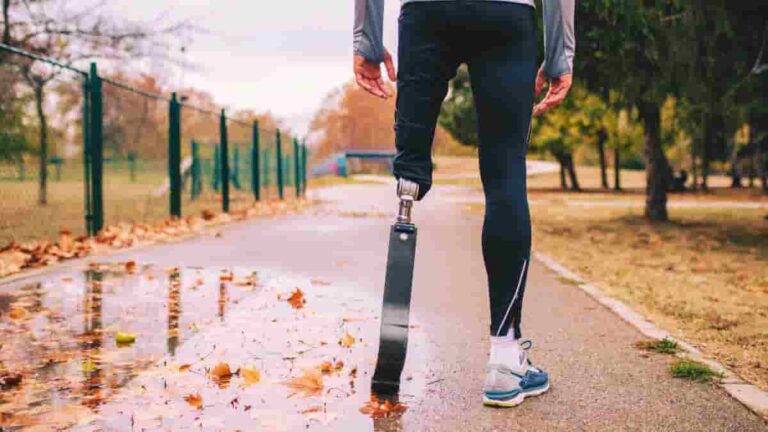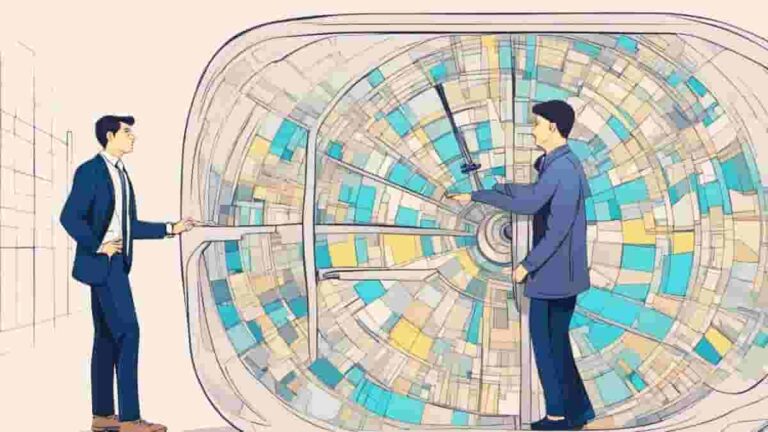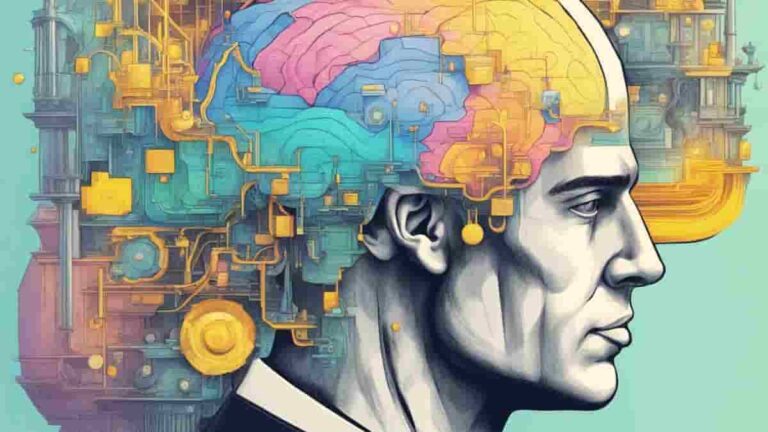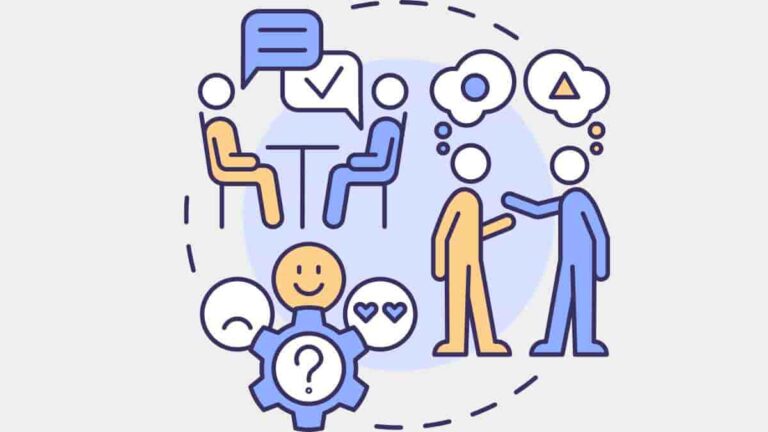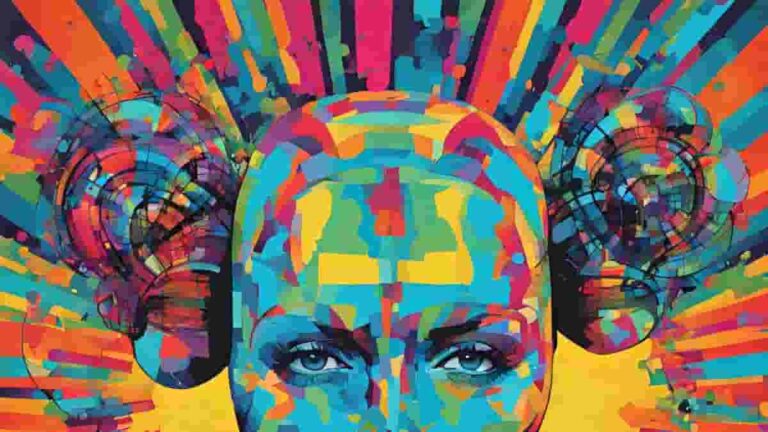The link between circadian rhythms — the body’s natural day/night cycles — and synapses was elucidated in a recent study conducted at Boston Children’s Hospital under the direction of Jonathan Lipton, MD, Ph.D. This is the first scholarly contribution to offer a cellular and molecular rationale for the inherent variations in cognition, learning capacity, and…
What Is Hindsight Bias | the Knew-it-all-along Effect
Hindsight bias, often referred to as the “knew-it-all-along” phenomenon, is a common cognitive bias that affects our beliefs and memory. It occurs when individuals believe they had accurately predicted an outcome after it has occurred, even if they had no prior knowledge of that outcome. This bias can lead to overconfidence in our own judgment…
Spinal Cord Stimulation Can Allay Phantom Leg Pain
A proof-of-concept study has found that spinal cord stimulation can elicit sensation in the missing foot and alleviate phantom limb pain in people with lower limb amputations. Pressure sensors on a prosthetic foot’s insole triggered electrical pulses, which were subsequently sent to a participant’s spinal cord. This sensory feedback improved balance and gait stability, according…
What is Status Quo Bias?
Status quo bias is an emotional bias in which individuals prefer maintaining their current state or decision, even when better alternatives exist. It is a reflection of people’s resistance to change and desire for familiarity. This bias can influence decision-making in various aspects of life, ranging from personal investments to organizational decisions. Status quo bias…
Blood Test Detects Suicidal Ideation Biomarkers
In the United States alone, 16.1 million adults suffer from major depression, which costs $210 billion each year. While the major symptoms of depression are psychological in nature, scientists and clinicians have come to realize that depression is a complicated disease with physical consequences throughout the body. Measuring markers of cellular metabolism, for example, has…
What is Anchoring Bias – Decision-making Impacts
Anchoring bias is a type of cognitive bias that affects decision-making processes. It occurs when an individual relies too heavily on an initial piece of information, known as an “anchor”, to make subsequent judgments. This can lead to errors in judgment, as people tend to insufficiently adjust their estimates away from the initial anchor. Anchoring bias is…
People’s Choices and Behaviors Influenced by Reminders of Death from Disasters
Long-term disasters’ long-term reminders of death influence people’s choices and behaviors, according to a new study by King’s College London researchers. The study found that long-term reminders of death, such as the COVID-19 pandemic and the climate change catastrophe, damage people’s ontological security (their sense of regularity and the world being safe and predictable) over…
What is Self-serving Bias – Examples and Impacts
The self-serving bias is a cognitive bias that describes an individual’s tendency to attribute positive outcomes to their own actions and abilities while attributing negative outcomes to external factors. This bias is common in people’s interpersonal relationships and can significantly impact their perception of themselves and others. Self-serving bias is a type of attribution bias.…
Dopamine Level Changes Play Role in Reward and Punishment Prediction
Dopamine release in the human brain plays an important role in encoding both reward and punishment prediction mistakes, according to a new study from Wake Forest University School of Medicine. Dopamine participates in the process of learning from both happy and bad events, allowing the brain to alter and adapt its behavior based on the…


